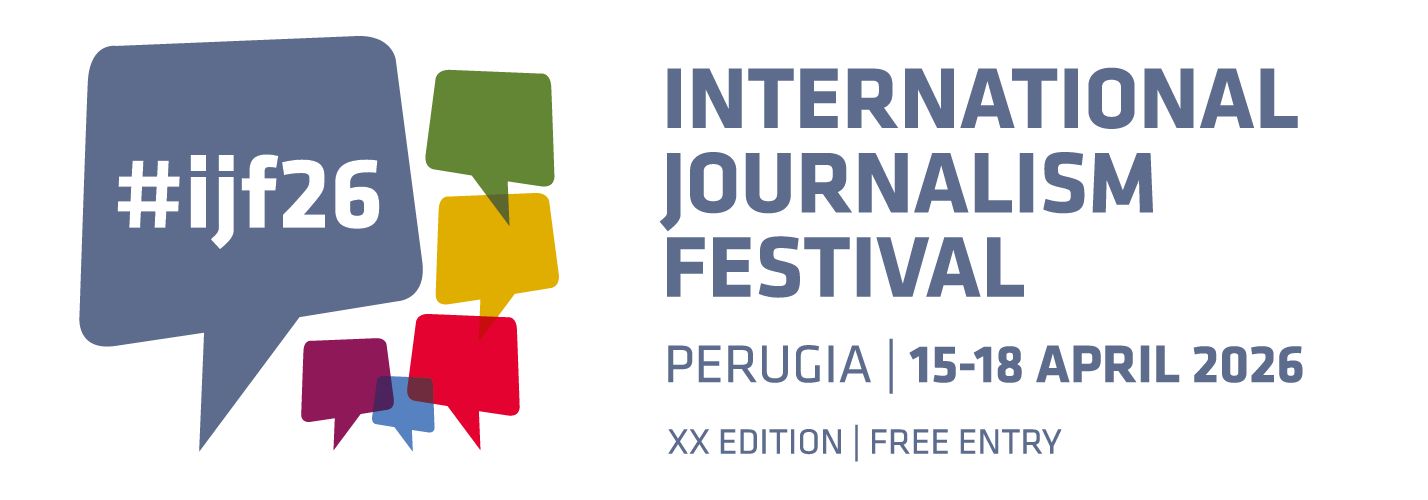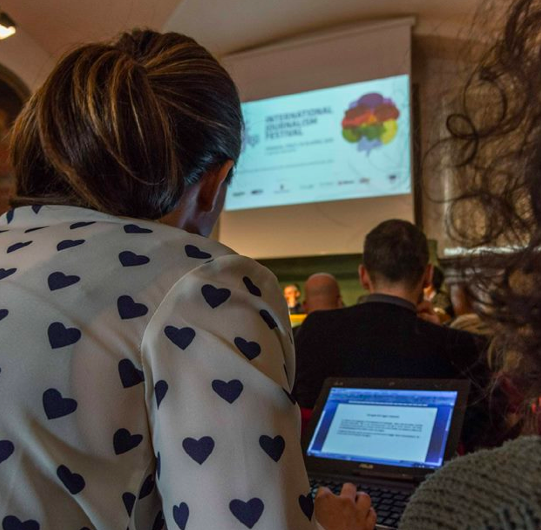Good morning from Perugia!
JOURNALISM IS CONVERSATION Those are the words of Aron Pilhofer, executive director of digital at The Guardian. Since Pilhofer’s arrival at the British daily in 2014 The Guardian’s newsroom has been overhauled. His two guidelines: team spirit and bringing down barriers to creating a multifunctional newsroom. “We need to use all of the colours on our palette: all of the instruments available in order to tell a story” says Pilhofer. Open journalism is part and parcel of a digital strategy: “Never close comments, do not be afraid of conversations. We make news with our readers. The values of journalism remain unchanged: great reporting, great editing, great storytelling”.
Team up The Guardian’s social media team is made up by 14 people (kindly take note). Digital and printed content are not separate: they are handled by the same people: “We decide which content will work best on which platform” explains Pilhofer.
That’s all very well but… So far The Guardian has not adopted a paywall model. Revenue is generated with other sources: “Sponsorship, native advertising and membership” Pilhofer says.
There is no single solution “De Correspondent has a simple business model”, says Ernst-Jan Pfauth: “We do the kind of journalism we are interested in and that our subscribers are willing to pay for” (Mathew Ingram).
THE GOOD THE BAD AND THE UGLY What do newspapers do with UGC (user generated content)? On average The Guardian has one UGC every two and a half articles. At The New York Times 84% of this content is in connection with Isis. The Daily Mail is (by far) the one that makes the greatest use of UGC.
*Aron Pilhofer (The Guardian): “Most of our UGC is part of news stories or special reports”.
*Margaret Sullivan (The New York Times): “The Times uses UCG but journalists use their experience and sources in order to cross-check facts”.
.
That’s the net, baby “When you publish content on social networks you are making it public. What should we say, then, about the use the media makes of tweets?”, asks Margaret Sullivan. The issue is connected with the right to be forgotten: “When something is known, erasing it is an affront to knowledge”, Jeff Jervis concludes. Watch the video.
Word of advice Take a look at Storyful: an international press agency that cross-checks UGC in order to distinguish value content from rubbish. More: a manual for checking online sources.
THE WHOLE TOWN IS TALKING long round of applause opened the debate on surveillance versus privacy, with the participation via Skype of Edward Snowden and Laura Poitras (Repubblica).
Talking points
*Bar none “USA-Italy intelligence relations are strong, the Italian prime minister does not know because he does not want to know” (Snowden)
*Here to stay “Mass surveillance systems are the most powerful instrument of oppression in the history of humankind” (Snowden)
*What to do “Opposition to surveillance requires civil resistance” (Snowden); “Everyone in this room has a lot to hide: there is no need to be a criminal” (Ben Wizner)
*Same issue Journalism is one of the most effective – if not *the* most effective – lever available” (Snowden); “I believe journalists need to have an understanding of encryption in order to do their job” (Poitras)
*Security “Greater surveillance has not avoided Charlie Hebdo, while our freedom has been restricted” (Snowden)
*Geopolitics “Mass surveillance militarizes the net and turns it into a weapon for countries in their fight against each other” (Snowden)
Best Pics It’s a long road to Snowden (Twitter); Arianna’s satisfaction and Snowden’s smile (Twitter).
Entire video (YouTube).
THE WORLD OUT THERE
Writers, unite! Some Gawker writers and bloggers have decided to unionize. And, according to Talking Points Memo, this is a huge leap: it is the first time that journalists in online-online media formed a trade union.
What Slack! One year after its birth Slack, a corporate communication platform, has been estimated to be worth 2.8 billion dollars (The Verge). Its daily active users currently number 750 thousand and it is a vital instrument for some newsrooms (NiemanLab).
TODAYS’ EVENTS
*What next for mainstream news brands? (Teatro della Sapienza, 10 am)
*Jeff Jarvis’ keynote speech (Sala dei Notari 12 am)
*Talk shows on trial (Sala dei Notari 5 pm)
*Turkey: a media under siege (Palazzo Sorbello, 4.30 pm)
*The end of journalism as a career? (Teatro della Sapienza, 5 pm)
*Life is a journey… to the theatre (Teatro Morlacchi, 9 pm)
WHAT’S GOING ON OUT THERE? The news is all about Renzi and stars and stripes; the risk for Athens; safety at Expo; unstable markets; the value of Slack.
Good Morning Perugia is provided by Good Morning Italia for the International Journalism Festival. Find out more about Good Morning Italia and try it free of charge on www.goodmorningitalia.it.


